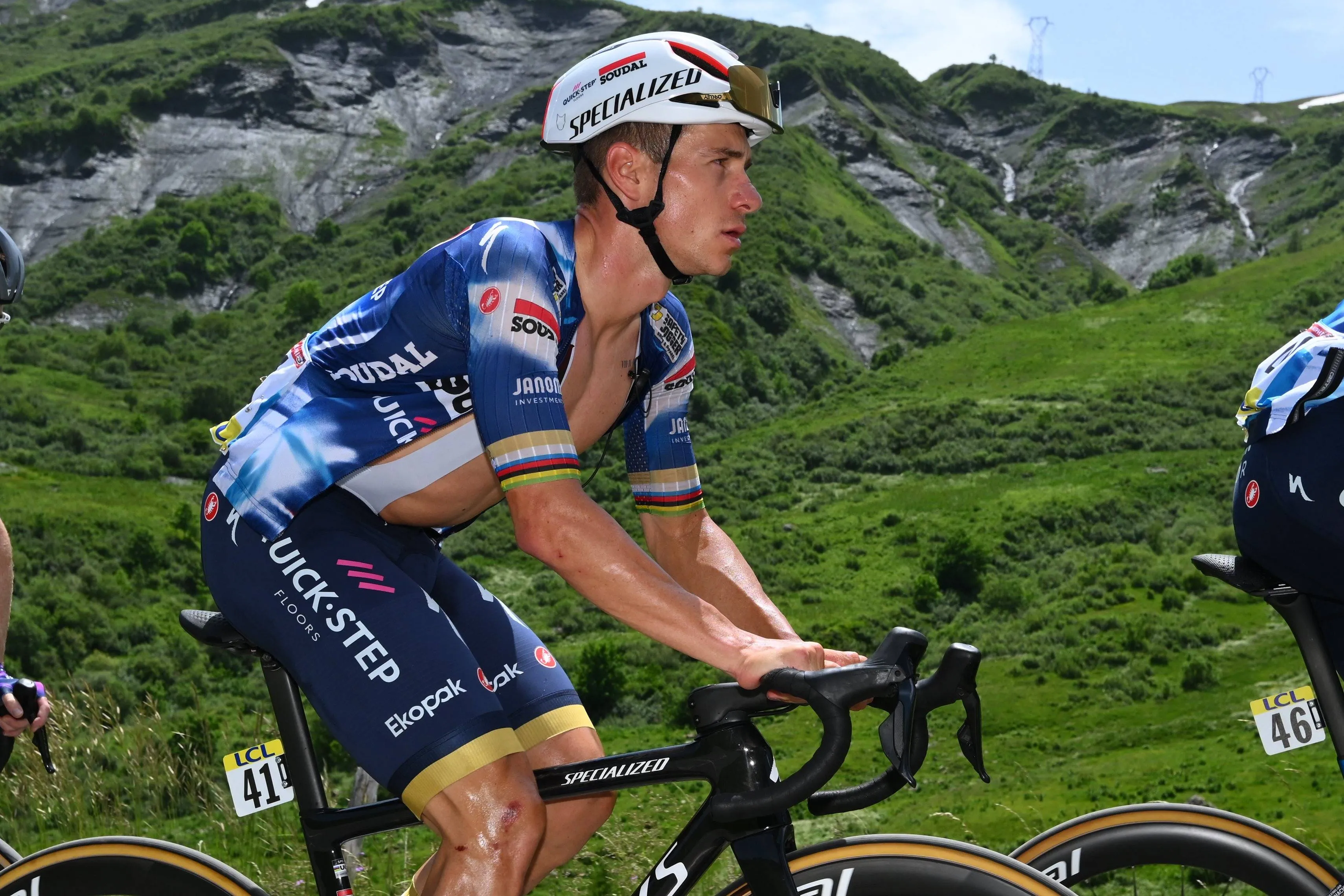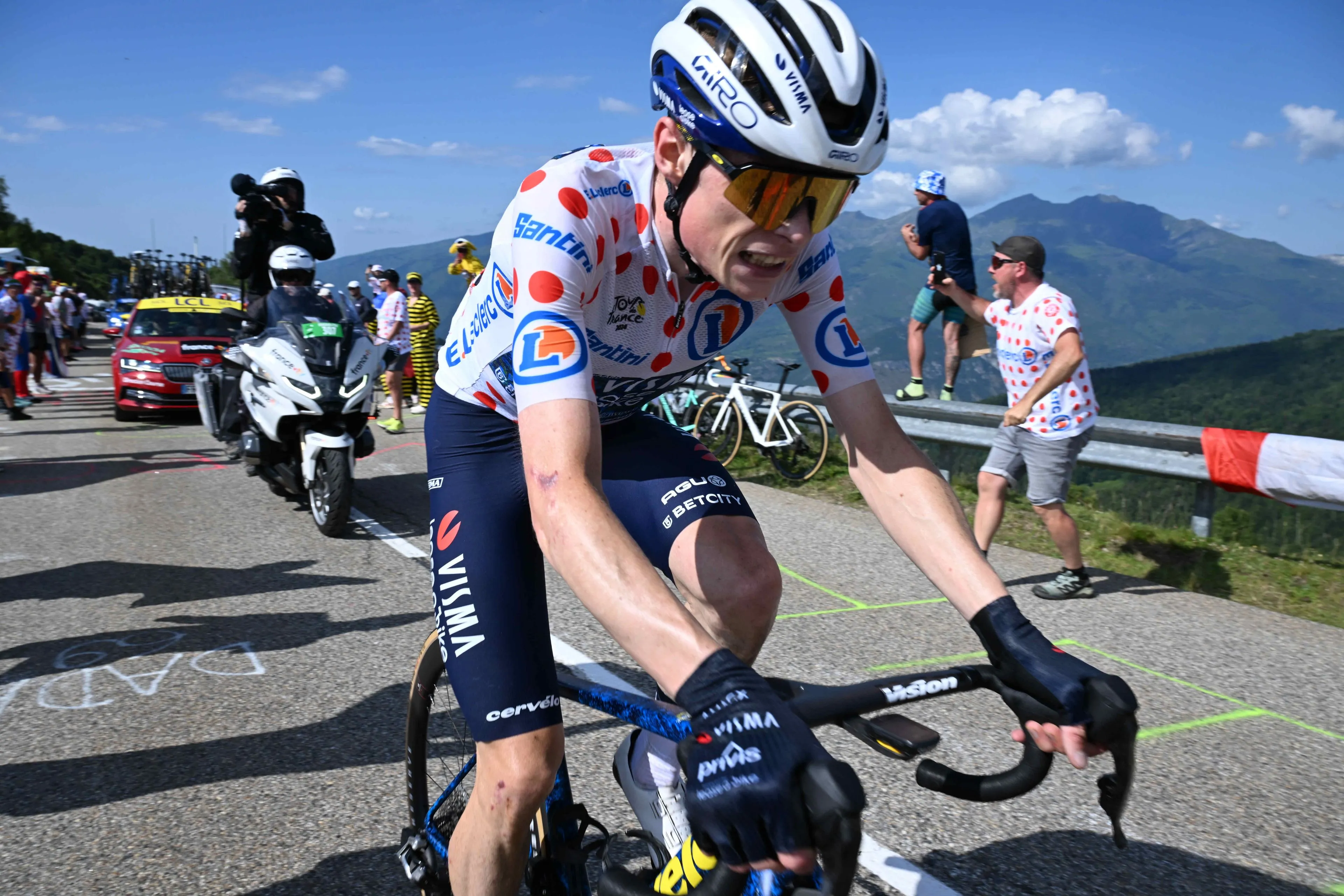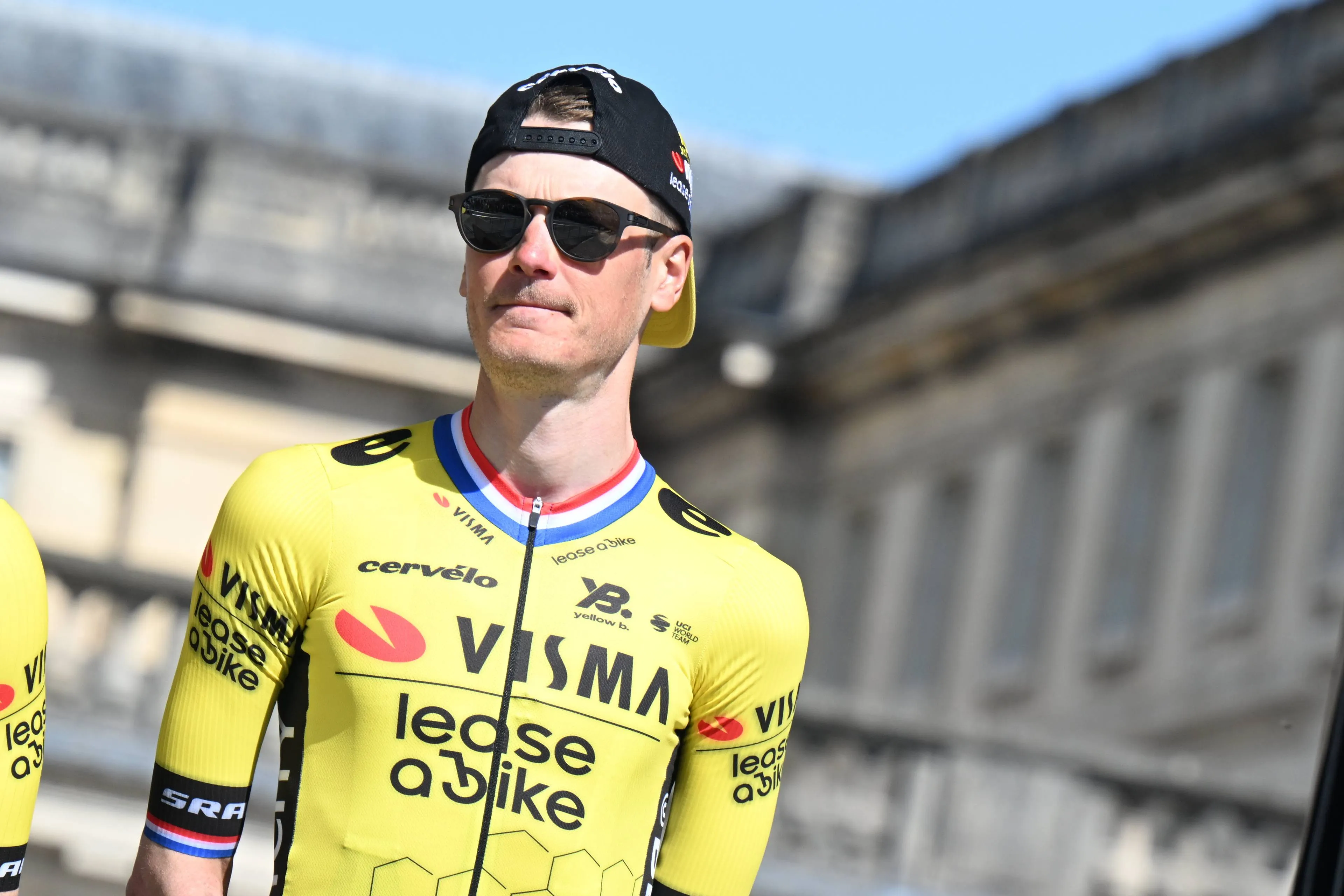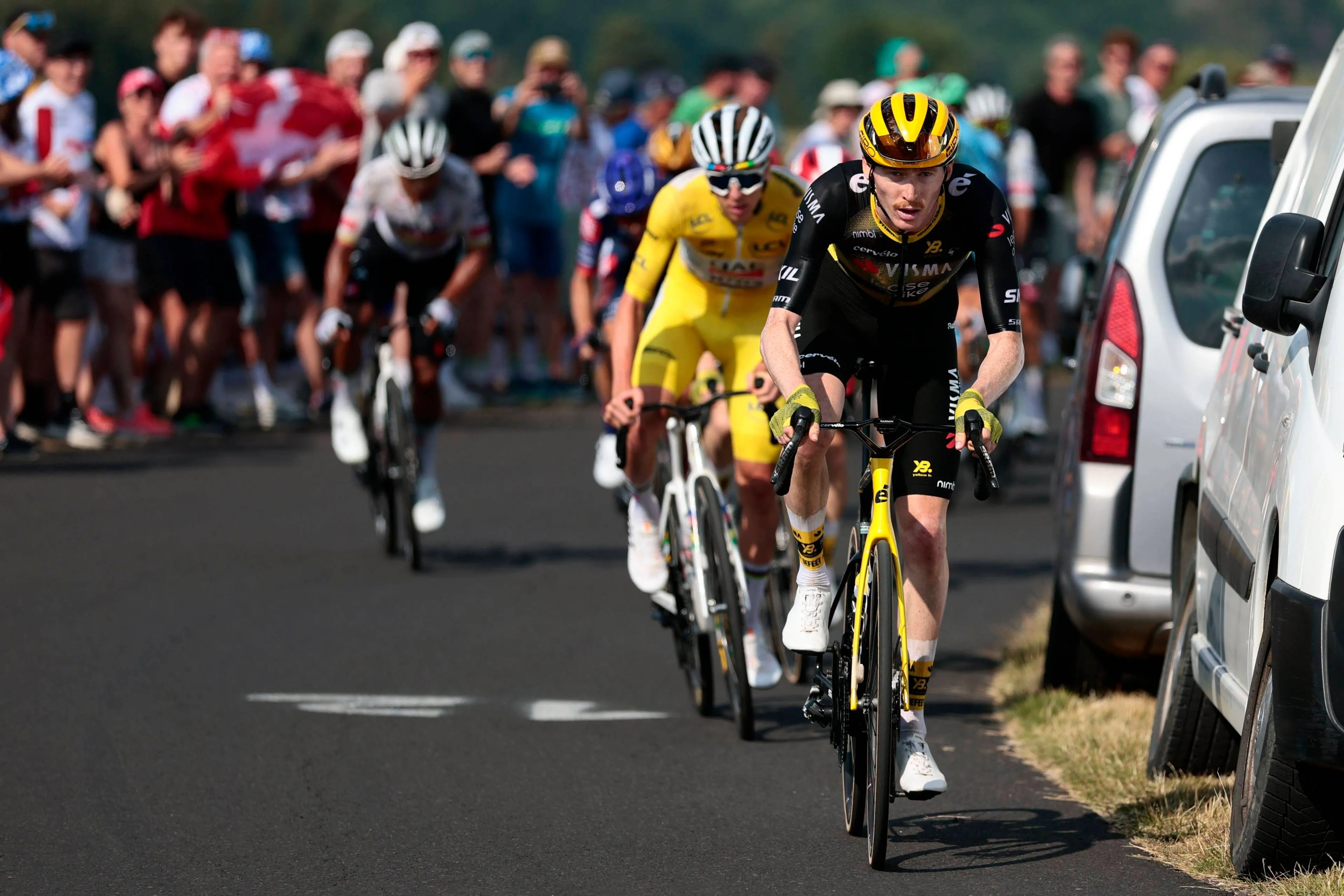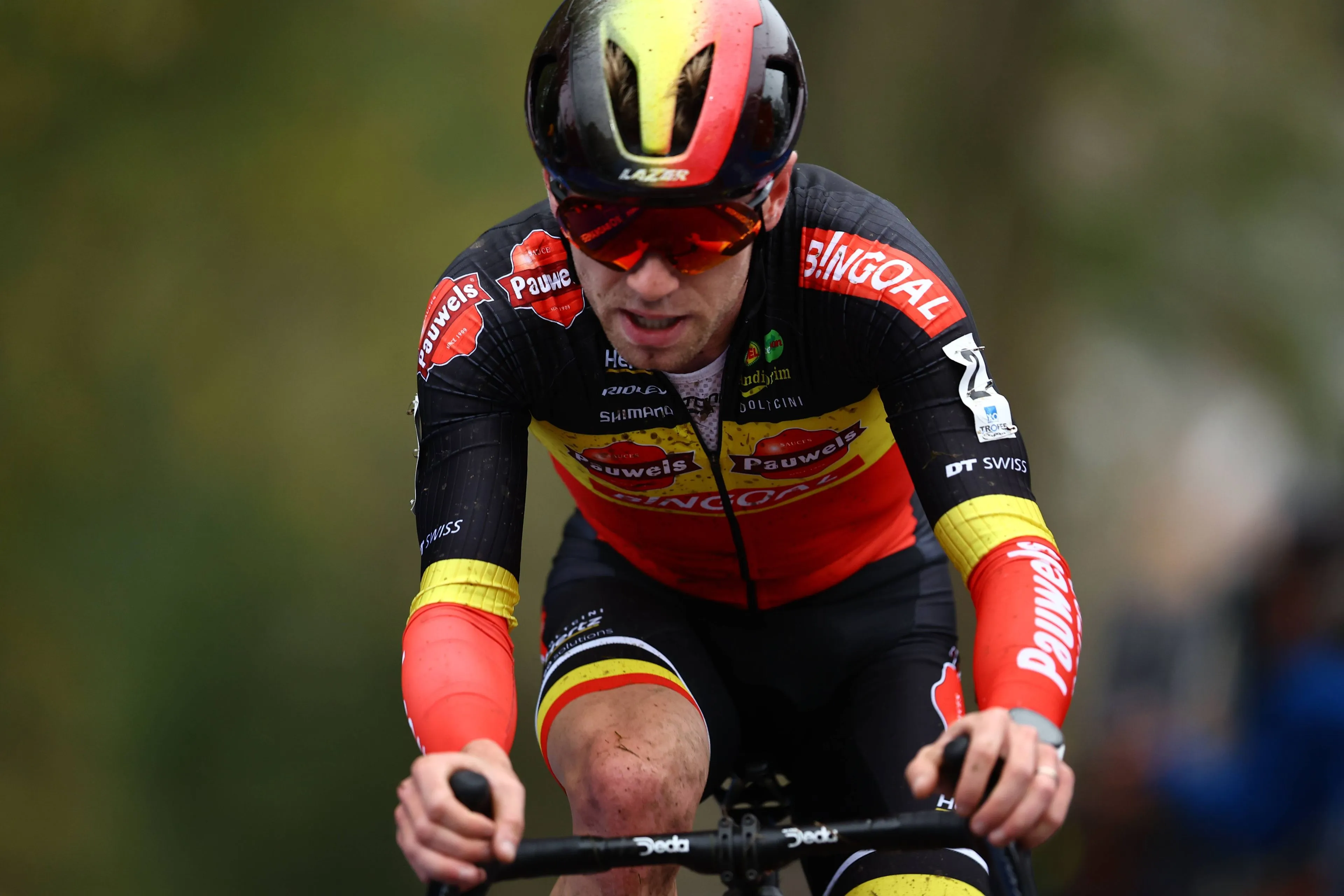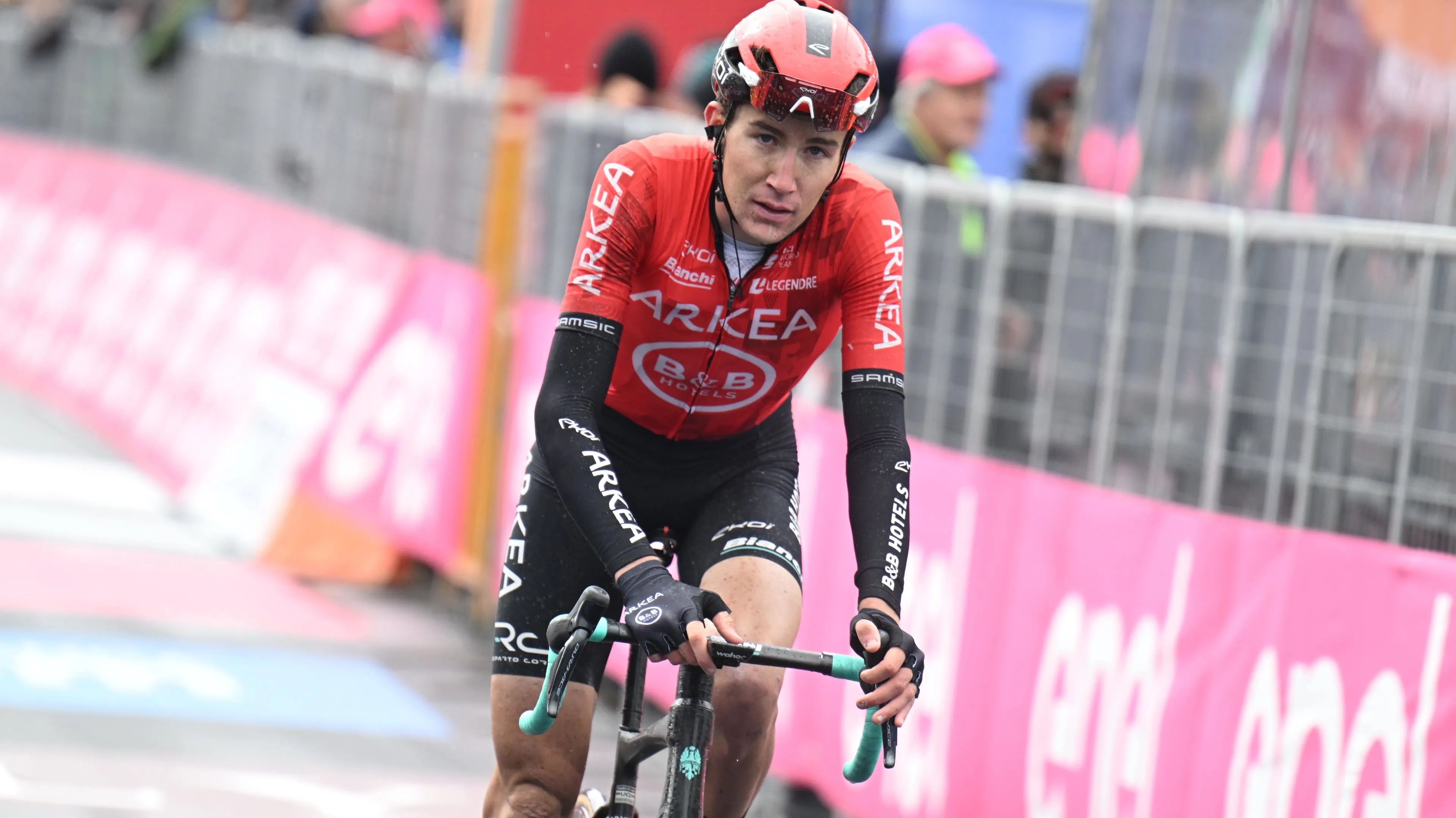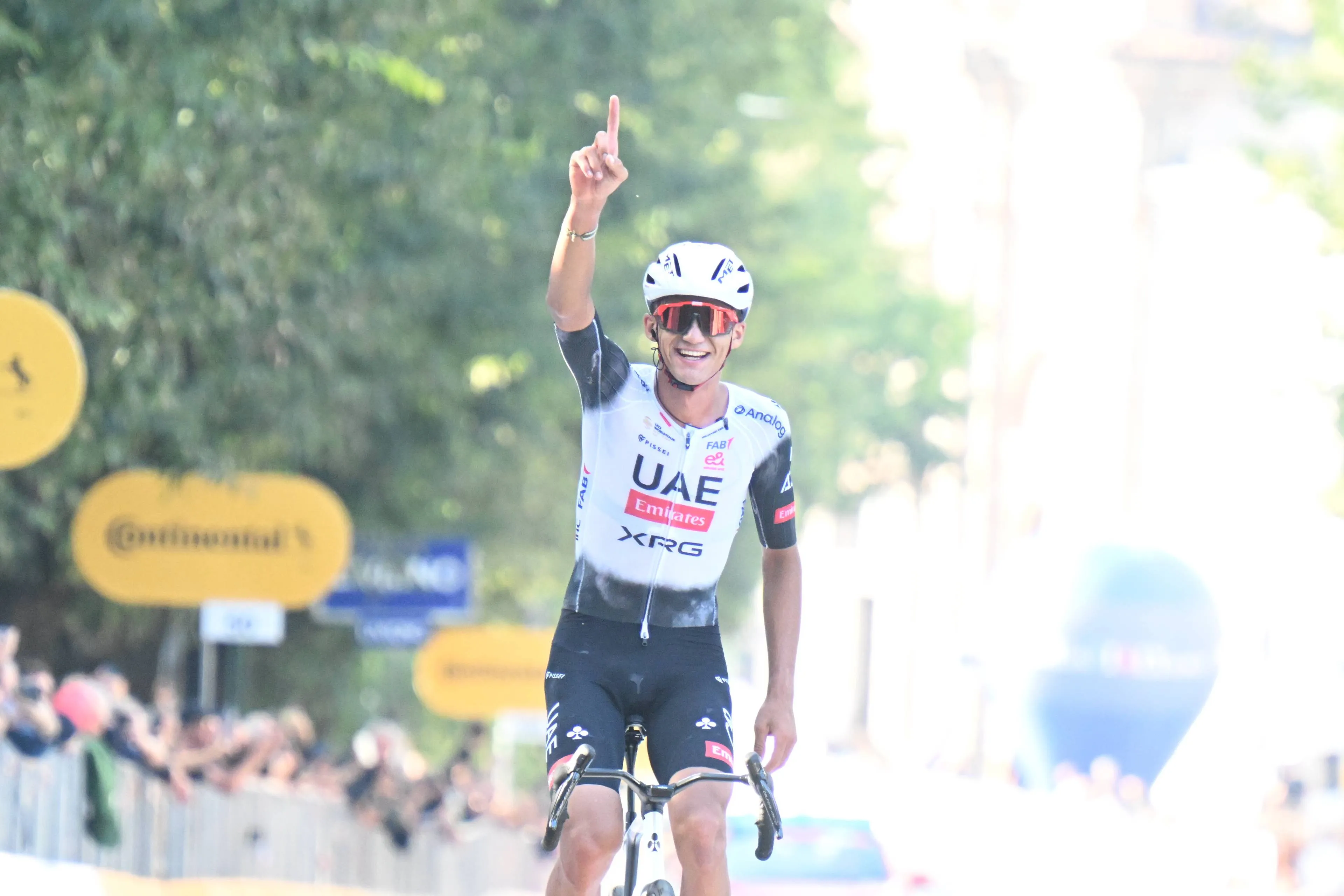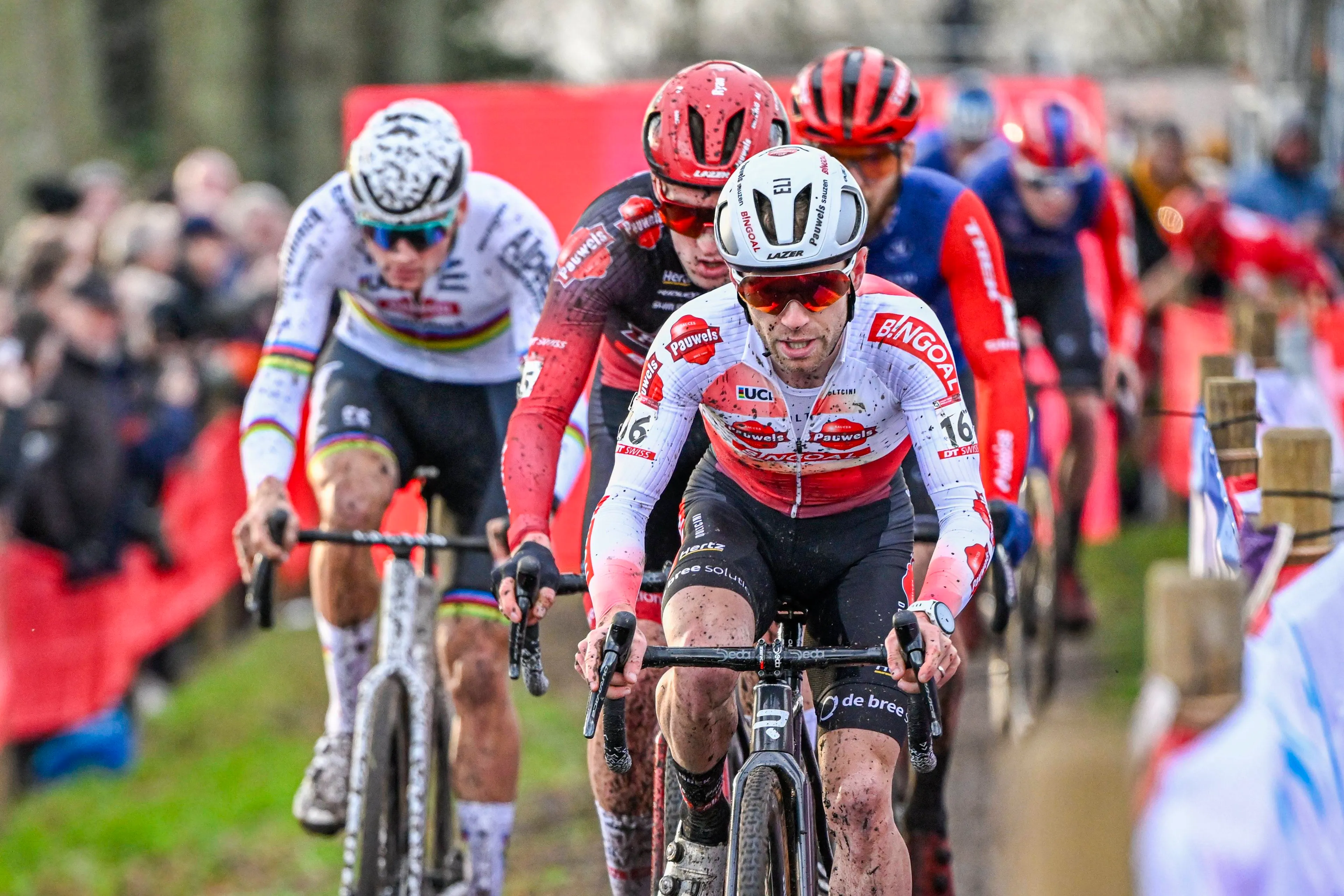“Absolutely brutal and seemingly endless”- Alberto Contador previews Tour de France climb that crushed Tadej Pogacar
CyclingWednesday, 25 June 2025 at 12:00
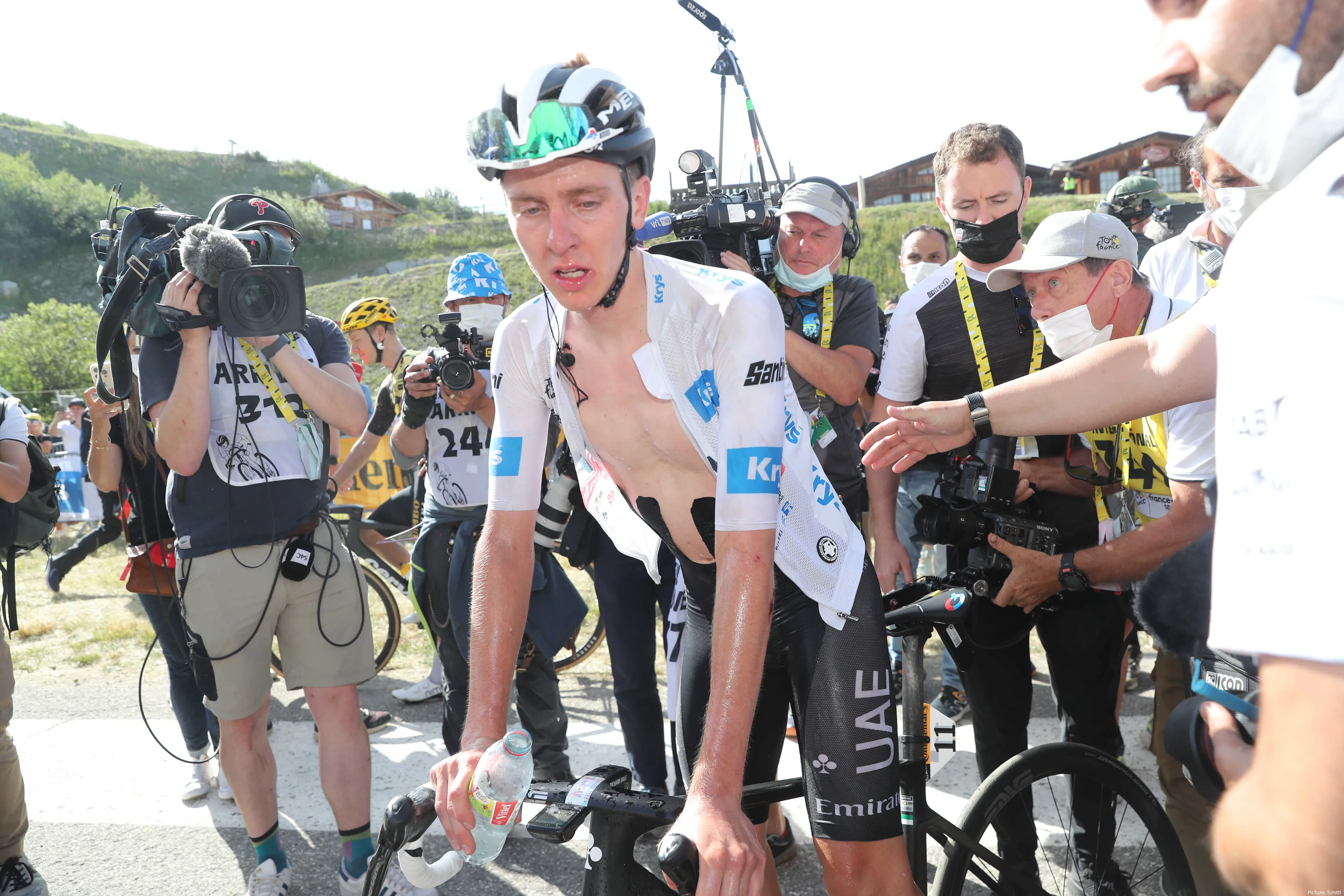
With the 2025 Tour de France looming, Alberto Contador has offered an ominous preview of what could be the race’s most decisive moment: the Col de la Loze.
Speaking to Eurosport during a reconnaissance ride, the two-time Tour winner described the legendary Hors Catégorie ascent as “absolutely brutal” — and one that could once again shatter the GC contenders in dramatic fashion.
Stage 18 of the 2025 Tour is a beast: just 171 kilometres in length, but packing over 5,500 metres of vertical gain — a punishing profile by any measure. It culminates at 2,300 metres above sea level, atop the Col de la Loze, a climb as feared as it is revered. And Contador knows exactly what this mountain is capable of.
Read also
The Ghost of 2023
The Col de la Loze last featured in the 2023 Tour — a day many still remember for the dramatic implosion of Tadej Pogacar. On that scorching afternoon, the Slovenian superstar cracked completely, crossing the line over five minutes behind Jonas Vingegaard, his face a mask of defeat, arm in arm with the ever-loyal Marc Soler.
Now, with the stage set for a possible repeat on 24 July 2025, Contador’s insights offer a stark reminder of what lies ahead. “By the time riders hit the base of the Loze, they’ll already have the Glandon and the Madeleine in their legs — both Hors Catégorie climbs,” he said. “It’s the kind of day that decides a Tour.”
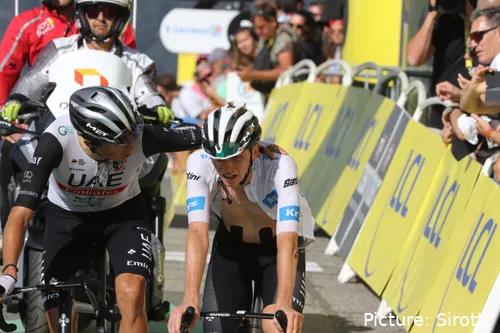
The Col de la Loze saw the last real implosion of Tadej Pogacar
A Climb Designed for Destruction
The Col de la Loze is no ordinary climb. Stretching for 26 kilometres with an average gradient of 6.5%, it may not seem terrifying on paper — but the reality is far more complex. “The climb starts on a wide road,” Contador explained, “but it gradually narrows, and after 11 kilometres, the real suffering begins.”
That "moment of truth", as he calls it, arrives with a relentless kilometre at around 10% — a perfect launchpad for attacks after a long, controlled build-up. But there’s a catch: from there, a brutal 14 kilometres still remain. “It’s not just about that one ramp. It’s what follows — the cumulative effort. That’s what breaks riders.”
As the road snakes its way higher, the climb becomes even more unpredictable. Five kilometres from the summit, the gradients bite harder and the road narrows into a steep, winding ribbon. “The final part is really tough — brutal, in fact,” Contador warned. “About a kilometre before the top, the road becomes almost a path. From that point, it never lets up.”
Even after passing Courchevel, where many might expect a brief reprieve, the riders are thrown into one final test of willpower. “There’s a short section of maybe 400 or 500 metres where the road eases, but straight after that you’re back into 9–10% ramps. At that altitude, after a day like this, it’s savage.”
Read also
A Summit That Decides Champions
While the Col de la Loze doesn’t have the sheer gradients of the Zoncolan or the Mortirolo, its true menace lies in its totality — its length, altitude, and the deep fatigue that precedes it.
“It’s a climb built to make differences,” Contador concluded. “The gradients aren’t extreme in isolation, but over this distance, and after such a brutal stage profile, it can blow the race apart.”
With Pogacar and Vingegaard expected to be closely matched heading into the final week, the Loze could once again prove pivotal. One thing’s for certain: if gaps are still tight by Stage 18, 24 July could deliver a Tour-defining showdown.
Read also
🔎⛰️💛 Nos pone los dientes muy largos @albertocontador con este reconocimiento del #TDF2025
— Eurosport.es (@Eurosport_ES) June 24, 2025
El madrileño estuvo en el Col de la Loze, decisivo ascenso de la 18ª etapa de @letour_es, a más de 2300m de altitud
🔥 Será clave y lo veremos en #LaCasaDelCiclismo pic.twitter.com/VKr8erkCUJ
claps 1visitors 1
Just in
Popular news
Latest comments
- Wow, sad and unlucky indeed if he can’t even cycle recreationally as a result of this.mobk09-01-2026
- That's right, Giannetti said that Almeida and Ayuso asked to go to the 2024 TdF. They told them that Tadej was the only captain then if they went, they would be domestiques. Both accepted. Almeida kept his word, but Ayuso was a traitor. As soon as he realized he couldn't play his game , hiding at the back of the peloto, watching his classification, he got "COVID" (in summer, at 40 °C), leaving his team with a man less.
 maria2024202409-01-2026
maria2024202409-01-2026 - if anyone can compete with Tadej and Mathieu that is.mij09-01-2026
- no one has an answer for those twomij09-01-2026
- sorry for him, must be toughmij09-01-2026
- just a boneheaded move to watch yates ride away in that initial 100m of his attack. it wasn’t that blistering. Del Toro and Carapaz just watched with no response.mij09-01-2026
- Health comes first on every occasion, for the sport this is disappointing I can't imagine how disappointing is for Eli. Wish him all the best.slappers6609-01-2026
- Starting all 3 vs finishing all 3, which makes what Sepp Kuss did in 2023 very impressive.
 Front24209-01-2026
Front24209-01-2026 - It'd be good to see these back on the Classics 👍
 leedorney09-01-2026
leedorney09-01-2026 - it will be interesting to see his results when he steps into the bigger races. 19 wins, but so many in the fall in mid level races. still the mid races need to be won to step up to the biggies.mij09-01-2026
Loading
1 Comments
